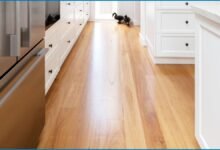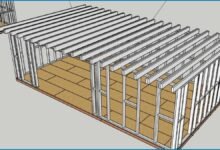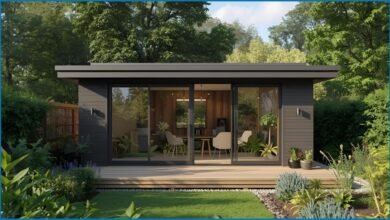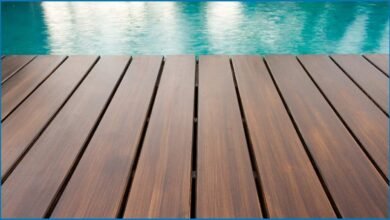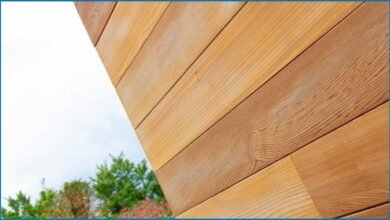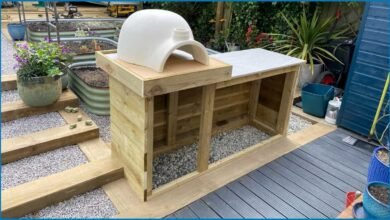التصميم مع الغرض: كيفية جعل كل ركن من أركان منزلك
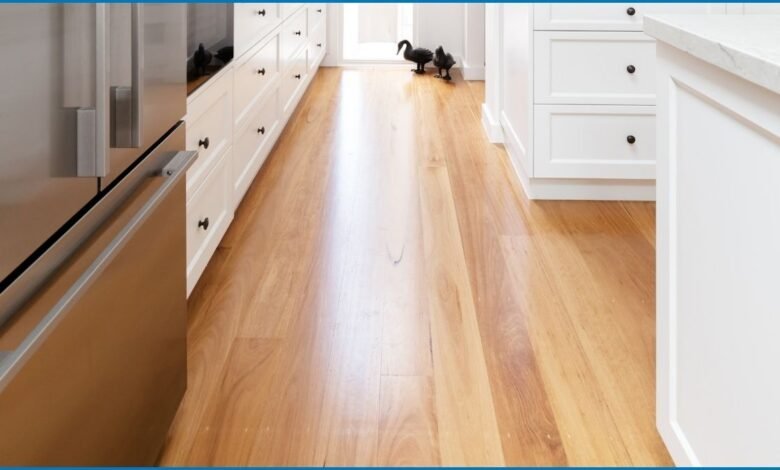
Every home, regardless of its size, has angles, corners, and edges that are often not used. These areas that are ignored quickly can become a dead space, but with some studied planning, they can serve practical purposes and even become the most prominent in your home design.
The design means the purpose of looking at how each part of your space, even the smaller or more embarrassing angles (such as Home floors), It can add value to your lifestyle. From storage solutions to decorative moments, each centimeter is calculated when you follow a purposeful approach.
Determine unused spaces
You can walk across your home and mention any corners, Alcov or walls currently do not have a clear function. This may include:
- Narrow corridors
- Distances under the stairs
- Anchors of the open scheme living areas
- Alcoves next to the stoves
- Empty entrances

Once these areas are identified, think about how to support your daily life. Can this corner in the living room carry a small office to work from home? Can the area under the stairs become a comfortable reading angle or additional storage?
Flooring as a connector
One of the simplest ways to integrate the unused spaces in the rest of your home is through consistent floors. The expansion of the same substance into smaller angles creates a sense of cohesion and prevents it from feeling as if it were wells.

Wooden floors It works in particular well for this because it is durable and costly and available in a range of finishes that mimic natural wood. By continuing your sheet floors to integrated areas or small corners, you make them feel like a part of the house design instead of the remaining gaps. In addition, visually consistent floors connect separate areas, making the rooms feel larger and more open. This approach also provides easier maintenance and cleaning, while giving the house a uniform polished look that enhances both functions and aesthetic gravity.
Curtain solutions
Custom carpentry is a game change to achieve maximum use of small or embarrassing spaces. Camel shelves, seats or offices can be designed to suit the exact dimensions, ensuring that no space is wasted. It also tends to look more clean and more intense than the stand -alone furniture.

For example, the window window can be equipped with a bench seat that hides the storage inside. The narrow corridor can contain a Slimline control unit table with keys, mail and other daily necessities.
Lighting to influence
Small spaces often suffer from bad lighting, making them feel uncomfortable. Adding targeted lighting, such as wall candlesticks, necklaces, or LED strips, can immediately change the mood of the area and ease of use.

In the study angle, for example, the concentrated office lamp guarantees the practical application, while in the screen screen, soft lighting can highlight artwork or decorative objects.
Multi -purpose design
If the space is premium, then it is one of the areas to serve more than one job. The design guarantees the elasticity of flexibility in mind that each part of your home works more hard for you, which makes small or embarrassing corners of valuable. Multi -purpose spaces can help reduce chaos, improve the institution, and make your home feel more open and efficient. By creating creatively, you can convert the areas that are ignored into practical and elegant solutions that meet several needs at the same time.
Examples of multi -function spaces
When the space is limited, it is all about making each corner work more seriously for you. Here are some smart methods that daily areas can take more than one role:

- The entrance seat that doubles as a shoe storage
- The kitchen angle works as a coffee station and an additional setting space
- Guest bedroom works as a home office
- The window that becomes both reading angle and storage area
- A small angle in the living room used in hobbies, crafts, or even a workstation
Combining functions does not increase the ability to use to the maximum, but also enhances the comprehensive aesthetic of your home. The key is carefully planning, ensuring that each other function is completed and that the space remains visually attractive. Smart furniture, building, and well -chosen decor can make multi -purpose areas feel deliberate instead of chaos, allowing you to make the most of each corner without sacrificing a style or comfort.
Design with intent

Once the functional elements are in place, add design touches that make the area feel privacy. Plants, artworks and textiles can soften the appearance and injection of the personality. For example, a simple reading angle to life can come with a few scattered pillows, a throwing blanket, and a small carpet. Think about mode of textures and materials, such as a woven basket for storage, a soft pouf for additional sitting, or a small lamp with a unique design. Just be aware of not excessive increase in small spaces. Choose some prominent pieces instead of filling each surface, allowing each element to breathe and be estimated.
Maximizing the space with the goal and elegance
When you are designed with a goal, each corner of your home becomes part of the largest image. Whether this is a corner that is ignored with the same wooden floors as your main rooms, adding the compact arrangement of difficult layouts, or using lighting to bring forgotten areas to life, it is all about the maximum benefit from what you have.
The thoughtful use of colors, textures and decorative items can enhance these spaces, which turns them into functional and attractive areas. By dealing with every part of your home as value, you can create a space not only beautiful, but also works more for you every day, support your lifestyle and reflect your personal style with all the details.

